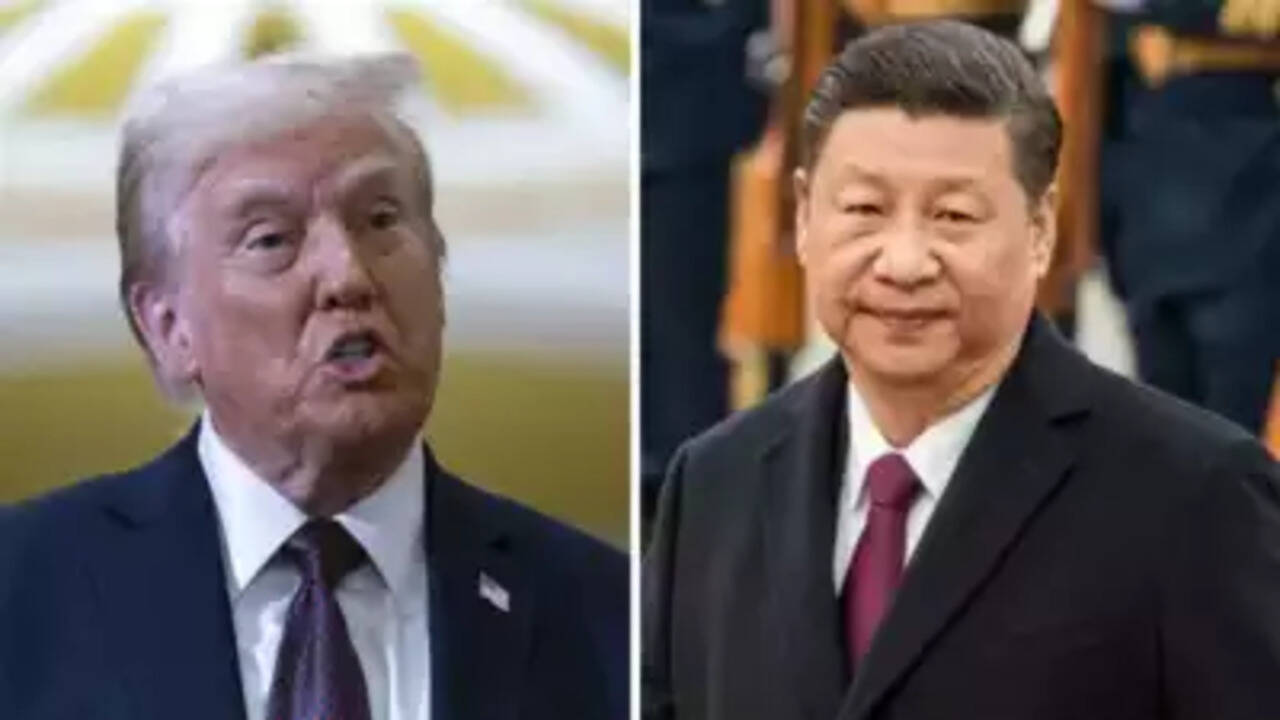Inside Expo 2025 Osaka: A Global Cultural Showcase
Dive into the vibrant Expo 2025 Osaka, where nations converge to explore futuristic themes of unity and advancement. Discover how countries like Pakistan, Paraguay, and Portugal are making their mark.
Published April 15, 2025 - 00:04am

Image recovered from arabnews.com
The World Expo 2025, held in the dynamic city of Osaka, Japan, has officially opened its doors, inviting the world to witness a grand convergence of culture, technology, and innovation. This event, spanning six invigorating months, is hosted on Yumeshima, an artificial island in Osaka Bay, now transformed into a global stage where over 180 countries, regions, and organizations display their distinctive pavilions.
The theme for this grand exposition, 'Designing Future Society for Our Lives,' embodies the collective human ambition to foster a society strengthened by harmony, technological advancement, and cultural exchange. The Japanese government, along with the expo organizers, seeks to mend global divisions exacerbated by geopolitical tensions and economic conflicts. Japanese Prime Minister Shigeru Ishiba inaugurated the expo with a call for unity, emphasizing the importance of global collaboration in our fractured world.
Among the standout attractions, the Pakistan Pavilion emerges as a 'global crowd-puller.' Notably, its theme revolves around pink salt, a significant local resource renowned for both its economic potential and its aesthetic allure. The pavilion's design draws inspiration from the historic Khewra Salt Mines, offering visitors a sensory journey that marries natural splendor with economic aspirations. As the official Instagram account of the pavilion details, the exhibition reimagines progress through the lens of earthly harmony, encouraging visitors to engage directly with nature.
Meanwhile, Paraguay's pavilion introduces an intriguing concept inspired by 'Ikigai,' aiming to broadcast the country's vibrancy and cultural dynamism. The focus on renewable energies and traditional crafts such as the famed Ñandutí lace serve to highlight Paraguay's blend of tradition and modernity. Strategically leveraging the expo's diverse audience, Paraguay aims to foster business relationships and increase its international visibility.
Portugal, with its pavilion themed 'Oceano: Diálogo Azul,' brings its maritime heritage to the forefront. Despite the challenges faced in its preparations, including some controversy over its design by the prominent Japanese architect Kengo Kuma, Portugal aims to showcase its cultural treasures and technological innovations, aligning with the expo's overarching narrative of futuristic societal development. A seahorse mascot, named 'Umi,' symbolizes the oceanic links between Portugal and Japan, underscoring a shared history that dates back over half a millennium.
This edition of the expo also underscores Japan's commitment to addressing global issues such as sustainability and climate change. It presents a platform where nations like Germany highlight circular economy models within their environmentally-conscious pavilion designs. Robotics and cutting-edge AI exhibits capture the imaginations of visitors, indicating how technological interplay will shape future societies.
Despite its ambitions, Expo 2025 faces challenges. Reports of cost overruns and modest local interest may dampen expectations. Indeed, some Japanese critics argue that the themes could be too broad, lacking focus. However, with attractions like robot-guided tours and interactive displays on sustainability, organizers anticipate interest to blossom as the event progresses.
The expo offers economic and diplomatic opportunities amidst a climate of fluctuating global relations. For Japan, the event is not just a cultural exhibition but a financial gamble with predicted economic impacts running into billions. Countries participating are keen to leverage these platforms for economic partnerships and cultural diplomacy.
Regardless of challenges, the Expo 2025 Osaka stands as a testament to international collaboration and a celebration of the diversity within our global village. It underscores the potential for shared innovation to shape a future society that embraces both technological advancements and cultural heritage.







